In the trend of bathroom upgrades, frameless glass door for shower are increasingly seen as a choice that combines "fashion" and "practicality". But in 2025, with multiple variables such as budget, spatial layout, installation complexity, and maintenance convenience, is this product still worth buying? This article will analyze the market background, advantages and disadvantages, key purchasing factors, and 2025 trends to help readers determine whether to invest in frameless shower doors at this time.
1. Market Background: Growth Trends and Structural Changes
According to industry research reports, the entire glass shower door market was valued at approximately $3.098 billion in 2020 and is expected to grow to $4.514 billion by 2026, with a compound annual growth rate of roughly 6.47%.
Among them, frameless glass doors are considered a key segment driving growth. Related articles note that frameless glass doors will remain at the forefront of the "most concerned trend" in 2025.
In this context, brands and designers consider frameless design as an essential way to enhance the quality of bathroom spaces.
Structurally speaking, frameless glass shower doors typically use thicker tempered glass (such as ⅜ inch or ½ inch) and are complemented by concealed hinges or support clips, without relying on traditional metal frames.
The installation cost and construction requirements have increased significantly compared to traditional framed products, but their visual impact and spatial presence have also been correspondingly enhanced.
Therefore, from a market perspective, frameless design remains attractive if bathroom renovations are carried out in the coming years. But whether it is "worth buying" still needs to be considered in specific usage scenarios and budgets.
2. Advantages and Disadvantages of Frameless Shower Doors
Advantages
Strong visual openness: The glass panel without a metal frame maximizes visibility, making the bathroom space appear larger and brighter, even if limited.
Easy maintenance and cleaning: Without traditional frame seams, grooves, or metal edges, frameless glass is easier to clean, reducing the accumulation of dirt and water stains.
Strong design sense and customization ability: Non-standard customization can be carried out according to bathroom openings, walls, and tile layouts, and modern hardware (such as matte black and brushed gold) can enhance the high-end appearance.
Long-term value may be higher: Some data suggest that frameless glass doors can last for about 30 years in terms of durability, while framed products can last for about 20 years.
Disadvantages
Higher cost: Much more expensive than traditional framed profiles. According to data, the cost of a standard frameless glass door may be around US $900 to $1500, while a framed door may only cost US $300-$400.
Stricter installation requirements: Due to thicker glass and more sophisticated support structures, higher standards are set for installation techniques, wall flatness, sealing treatments, and related practices.
Water tightness may be slightly inferior: Although frameless structures are aesthetically pleasing, some data suggests that their leakproof performance may be somewhat weaker than that of framed structures, requiring more precise construction.
Higher replacement and repair cost: Thick glass and specialized hardware accessories increase maintenance or repair costs.
Overall, whether frameless glass shower doors are "worth it" depends on budget, space conditions, and long-term usage expectations.
3. Key Factors for Purchasing in 2025: Size, Layout, Budget, and Installation
(1) Match size and space
For conventional three-wall shower rooms, a door width of about 30–36 inches or more is recommended for easy access.
For open or walk-in structures, glass panels can be extended to 48 inches or wider.
For spaces with high ceilings (such as 96 inches or higher), a "floor-to-ceiling" glass structure can be considered to achieve a seamless visual effect. By 2025, floor-to-ceiling frameless glass will be mainstream.
(2) Layout and door opening method
Frameless designs often use a hinge/pivot to open doors, with some options for sliding. Compared to sliding doors with frames, frameless doors offer a wider opening range.
For compact bathrooms, pay attention to door opening range and anti-slip floor treatment.
When customizing glass panels, consider the flatness and support of walls and tiles, as frameless structures have lower tolerance for installation errors.
(3) Budget and cost control
For limited budgets, "semi-frameless" can be a compromise.
For sufficient budgets, choose fully customized frameless glass.
Installation cost includes measurement, ordering, delivery, and installation time; some sources indicate the process may take longer than traditional framed doors.
(4) Long-term maintenance and usage considerations
Professional installation is recommended to secure glass-to-wall connections and prevent loose hinges.
Regular maintenance such as applying glass protectant, waterproof mist film, and lubricating hinges is recommended.
Frameless glass doors can be a selling point when reselling the house.


4. 2025 Trend Observation: Are Frameless Shower Doors Still "Worth It"?
Mainstream but differentiated reinforcement:
By 2025, frameless glass doors will become part of more standard renovation plans, not just luxury decoration. Brand differentiation will focus on hardware, glass thickness, edge treatment, and anti-fouling coating.
Hardware and glass technology upgrades:
Hardware colors like matte black and brushed gold are increasingly popular.
Glass panels now include textured glass, atomized glass, and intelligent color-changing glass.
Floor-to-ceiling continuous glass design is increasingly adopted for a boundaryless spatial effect.
Stronger customization and adaptation to old houses:
Custom frameless structures with non-standard openings, sloped walls, and sloped roofs are increasingly used. Special-shaped spaces may benefit more from frameless designs.
Rational investment stage:
Despite trends, budget constraints, stricter installation requirements, and risk of water leakage may favor framed or semi-frameless options in certain scenarios.
5. Conclusion: Is 2025 Worth Pursuing?
Frameless glass shower doors remain a "worthwhile" option for many scenarios, such as:
Renovating or remodeling bathrooms
Enhancing spatial sense
Pursuing modern, simple aesthetics
Advantages include strong visual effects, improved spatial awareness, easy maintenance, and long-term value.
However, if budget is limited, space constraints are restrictive, installation conditions are challenging, or cost-effectiveness is prioritized, framed or semi-frameless solutions remain viable.
Key considerations:
Does the budget allow for higher investment?
Is the bathroom space suitable for large frameless glass structures (walls, floors, drainage, sealing)?
Are you willing to pay more for customization, installation, and long-term maintenance?
By 2025, frameless glass shower doors will be popularized but still require careful selection. Accurately assessing needs, construction conditions, and long-term expectations is essential for a rational purchase decision.
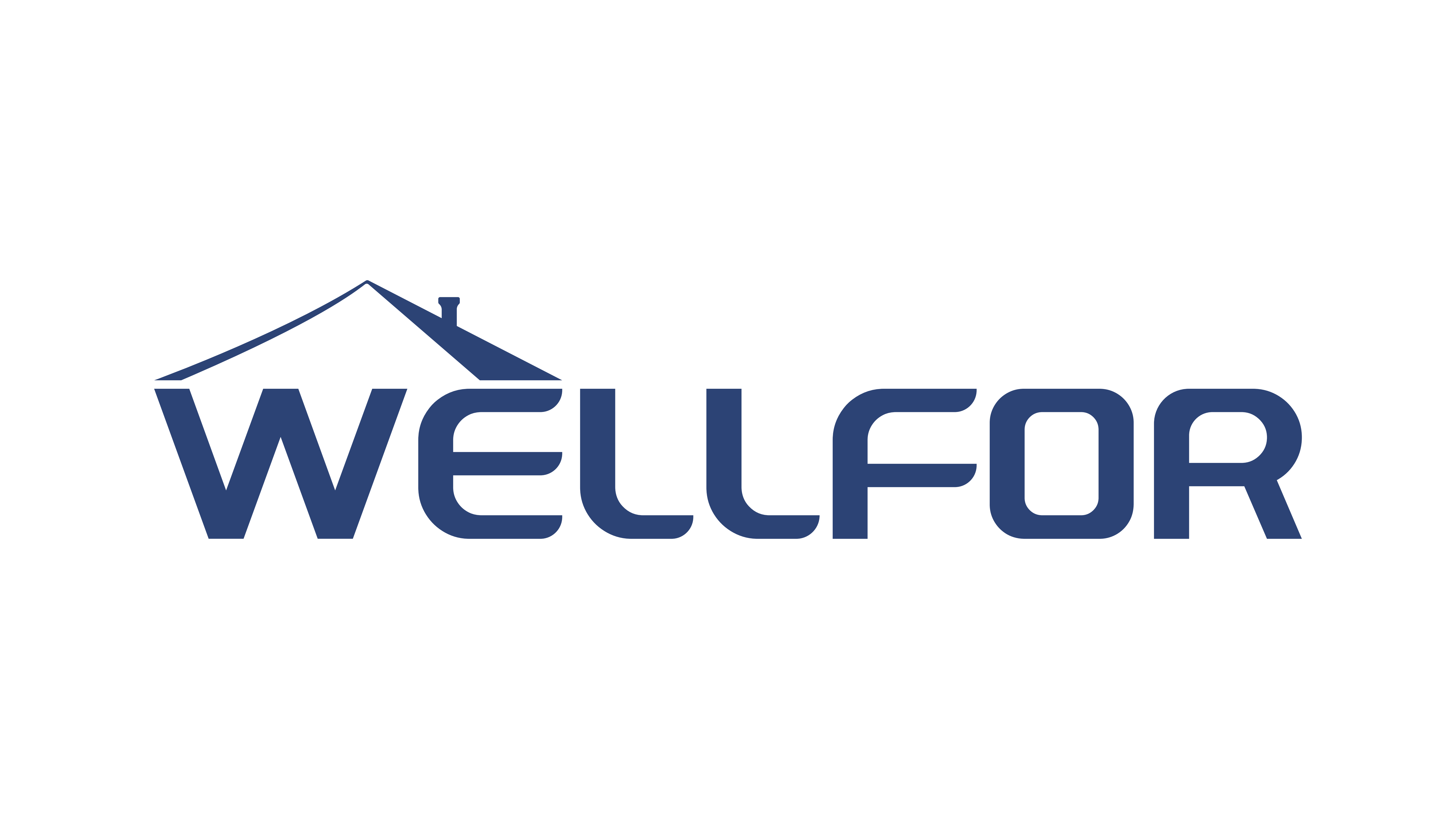
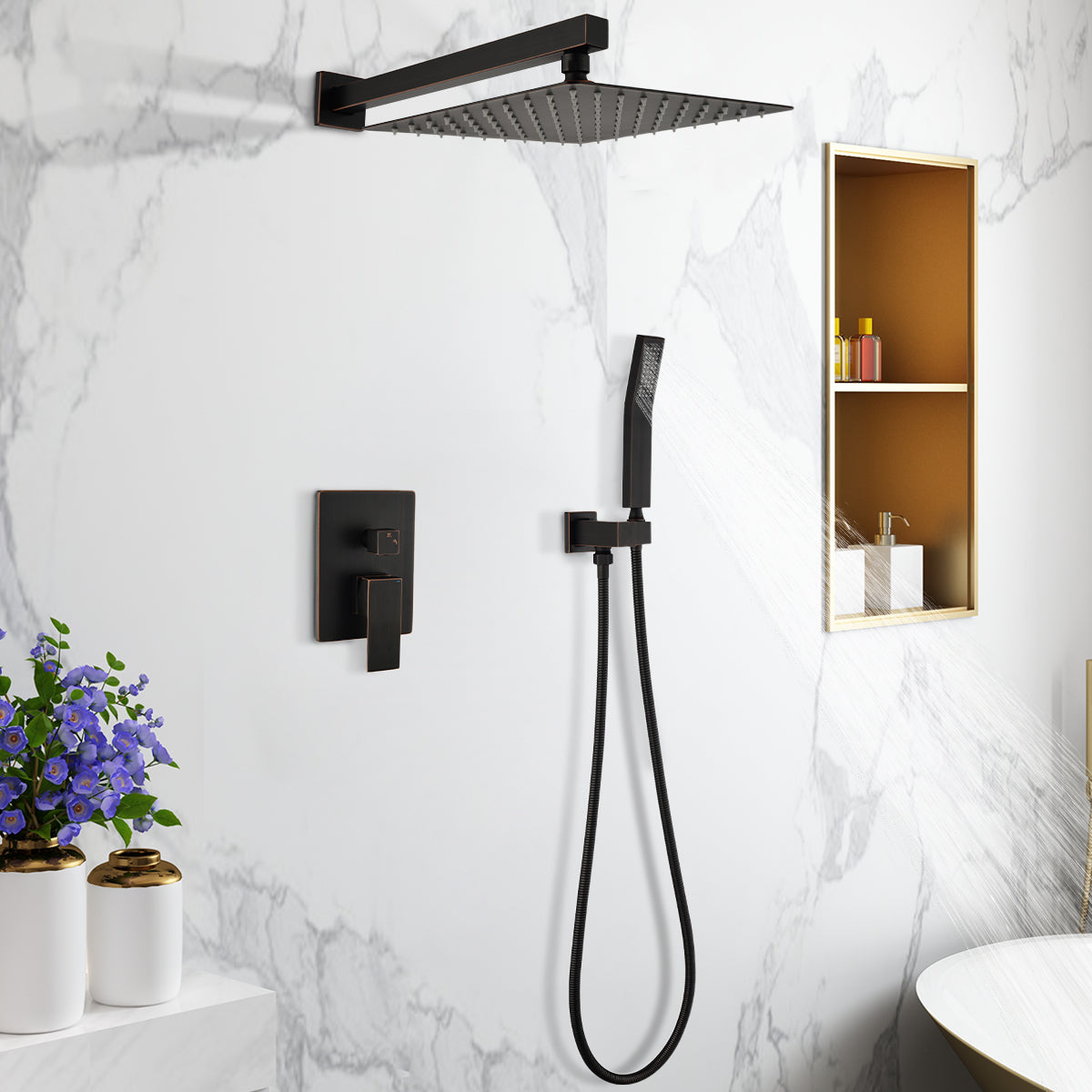






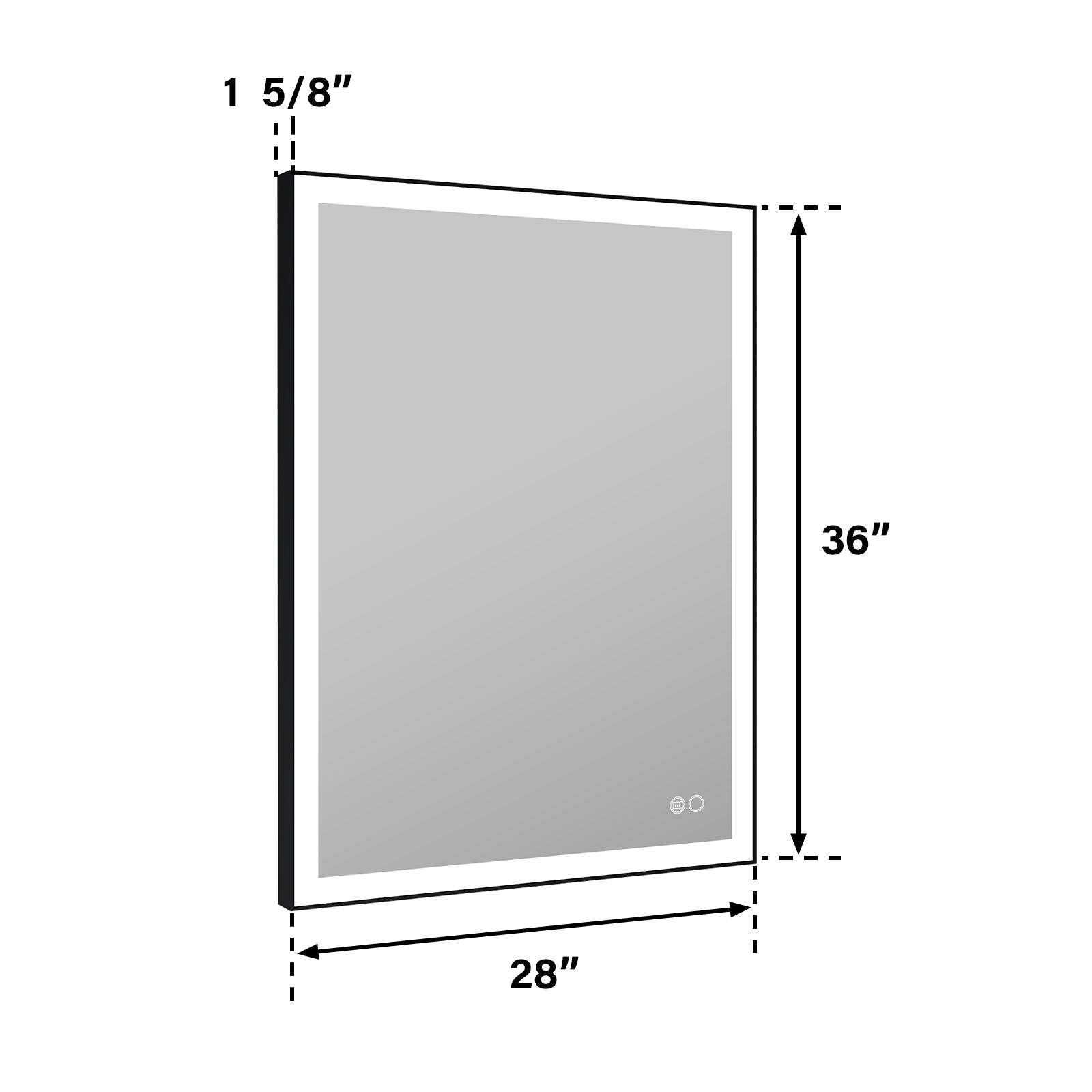
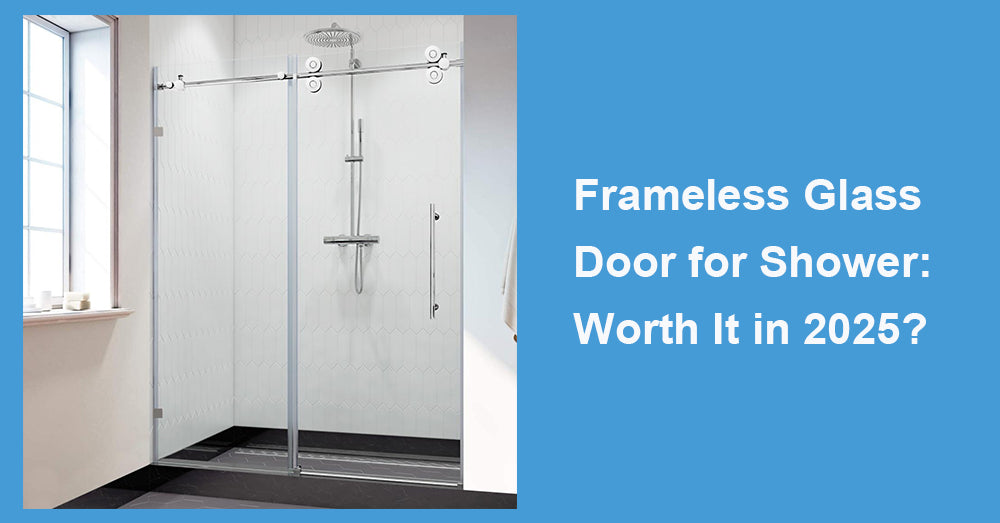


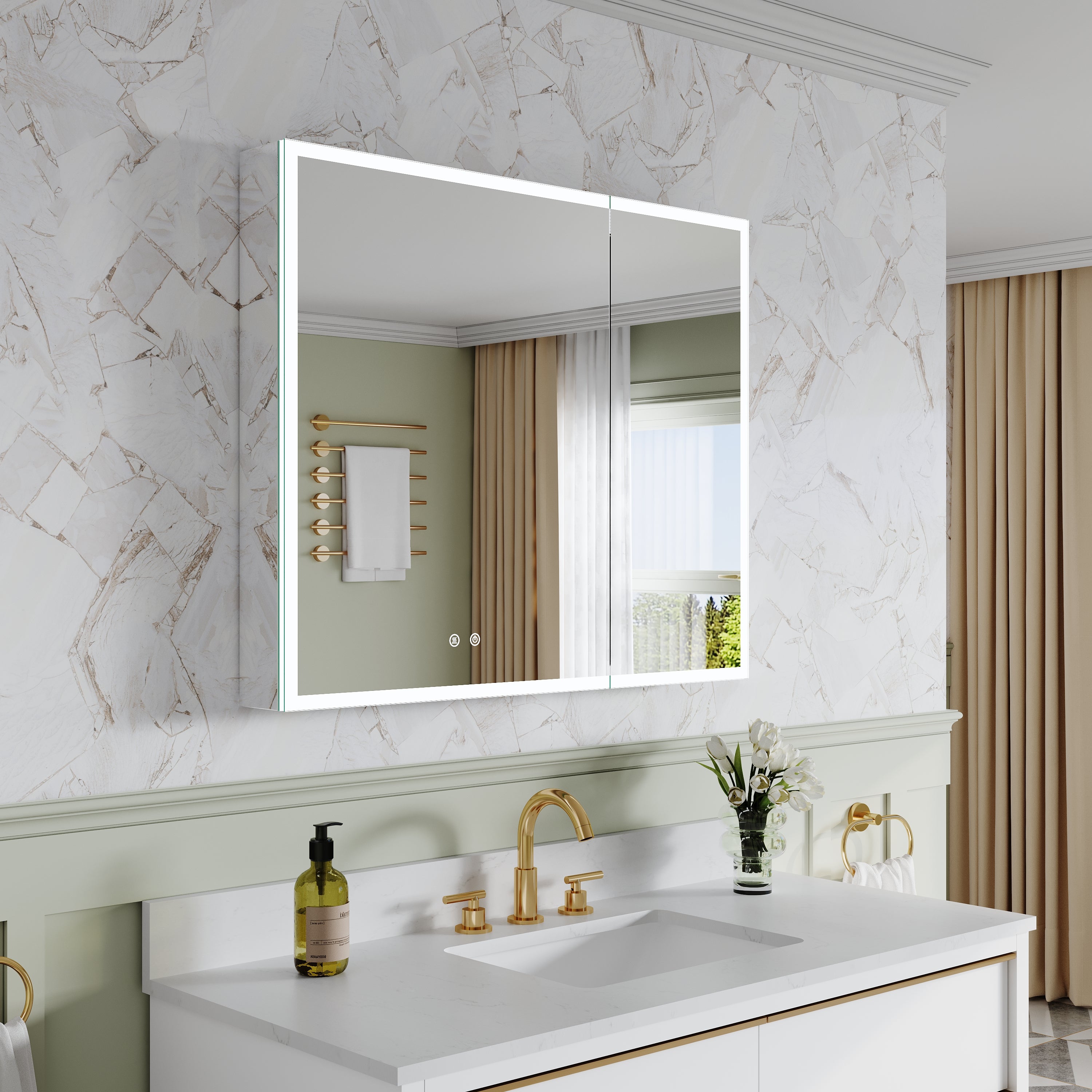
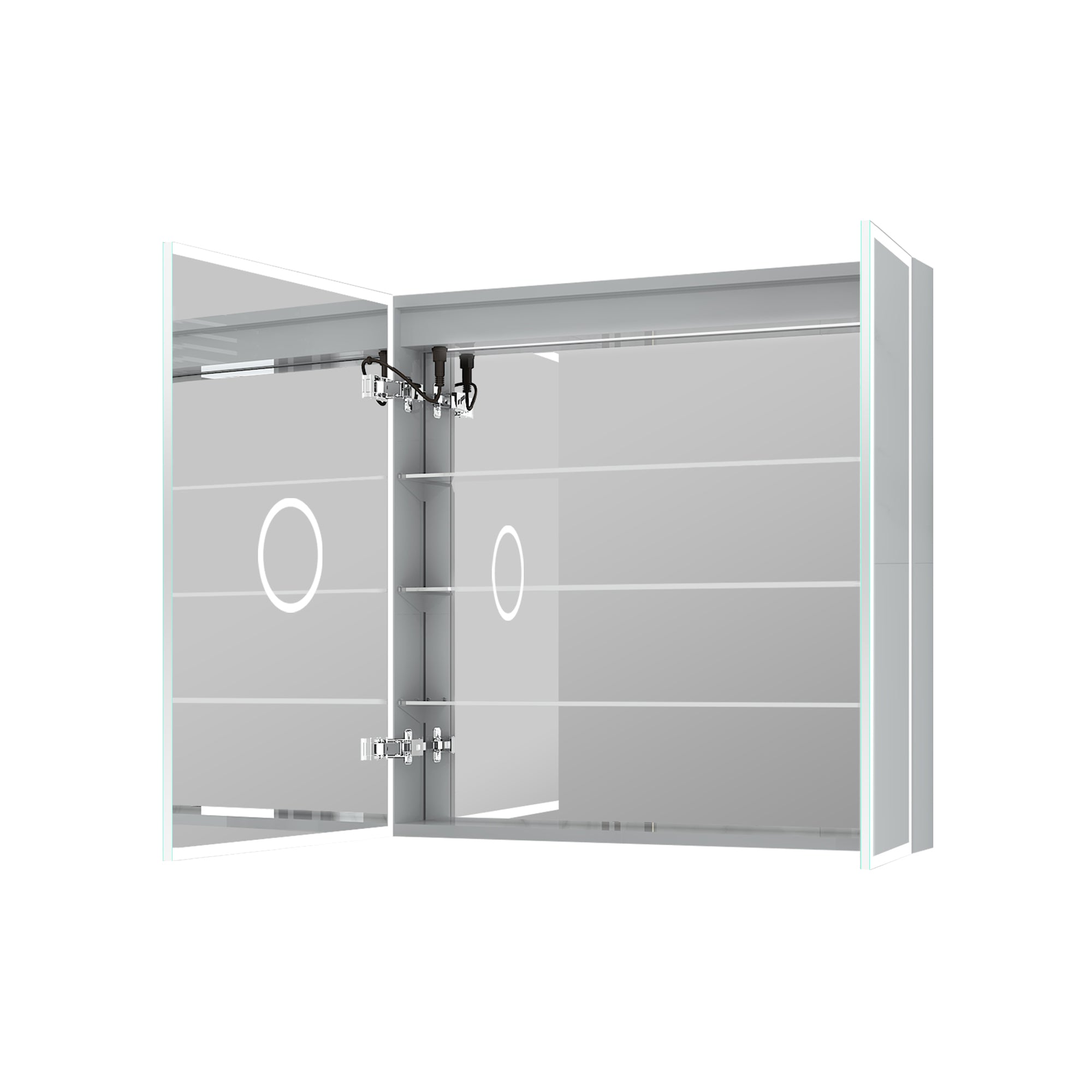
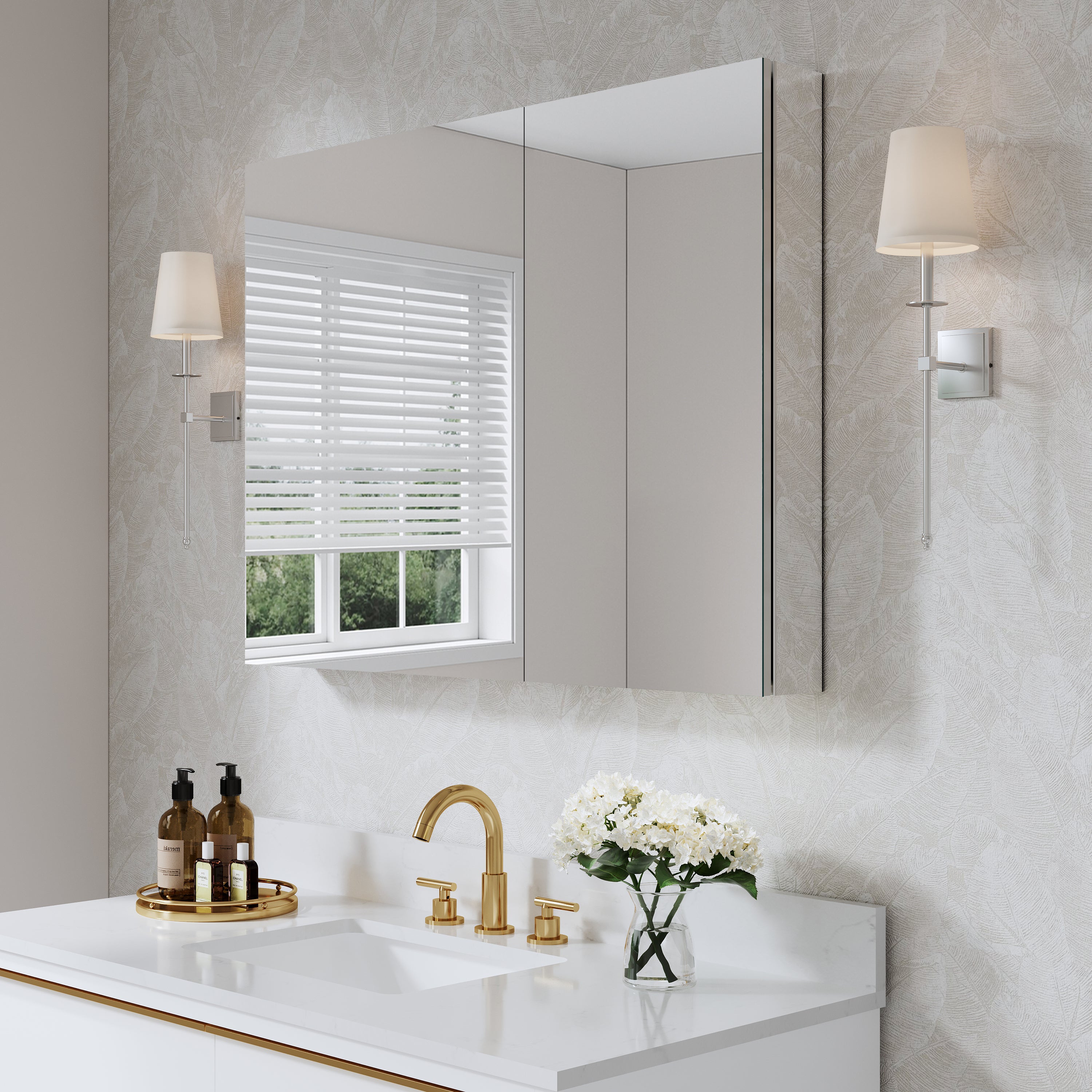

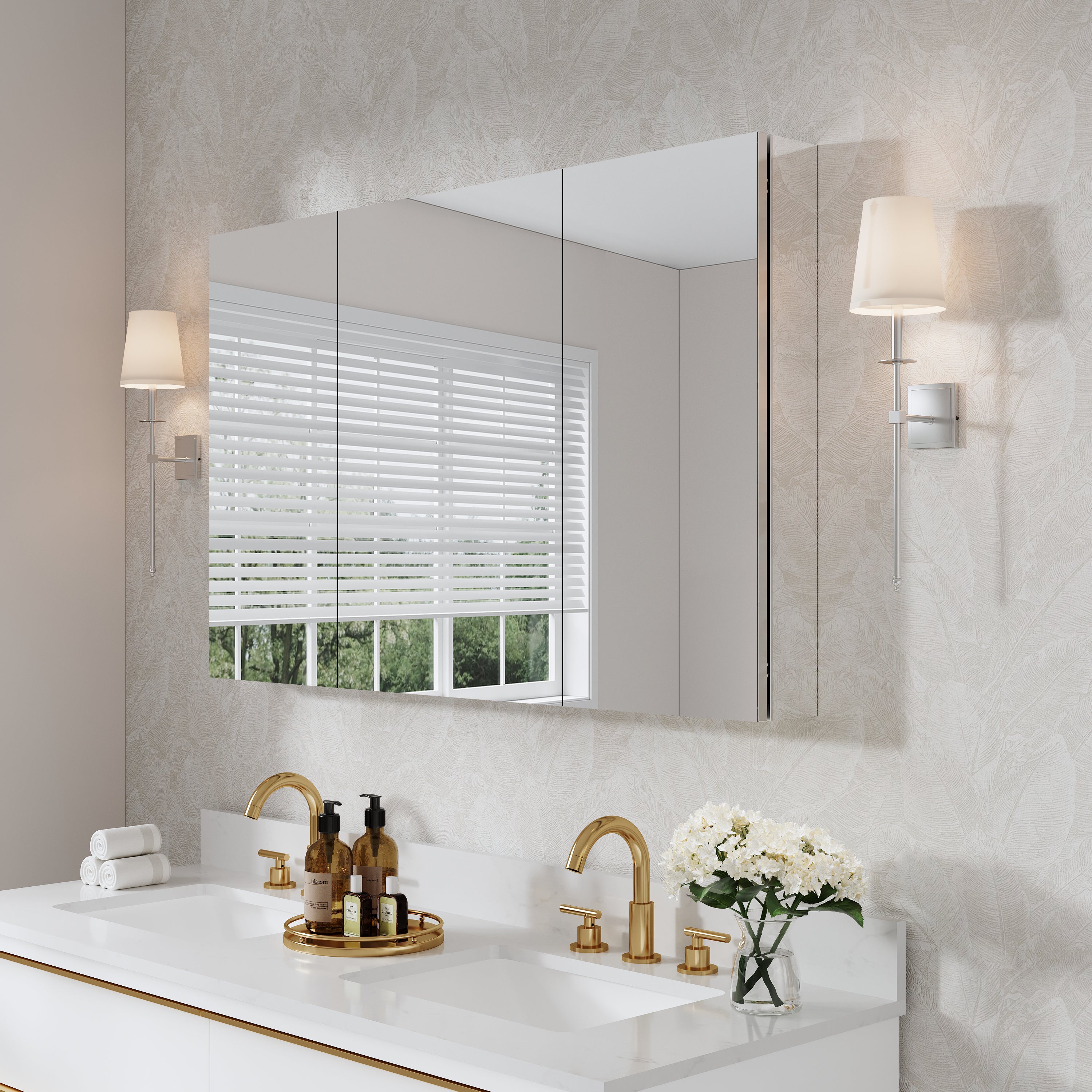
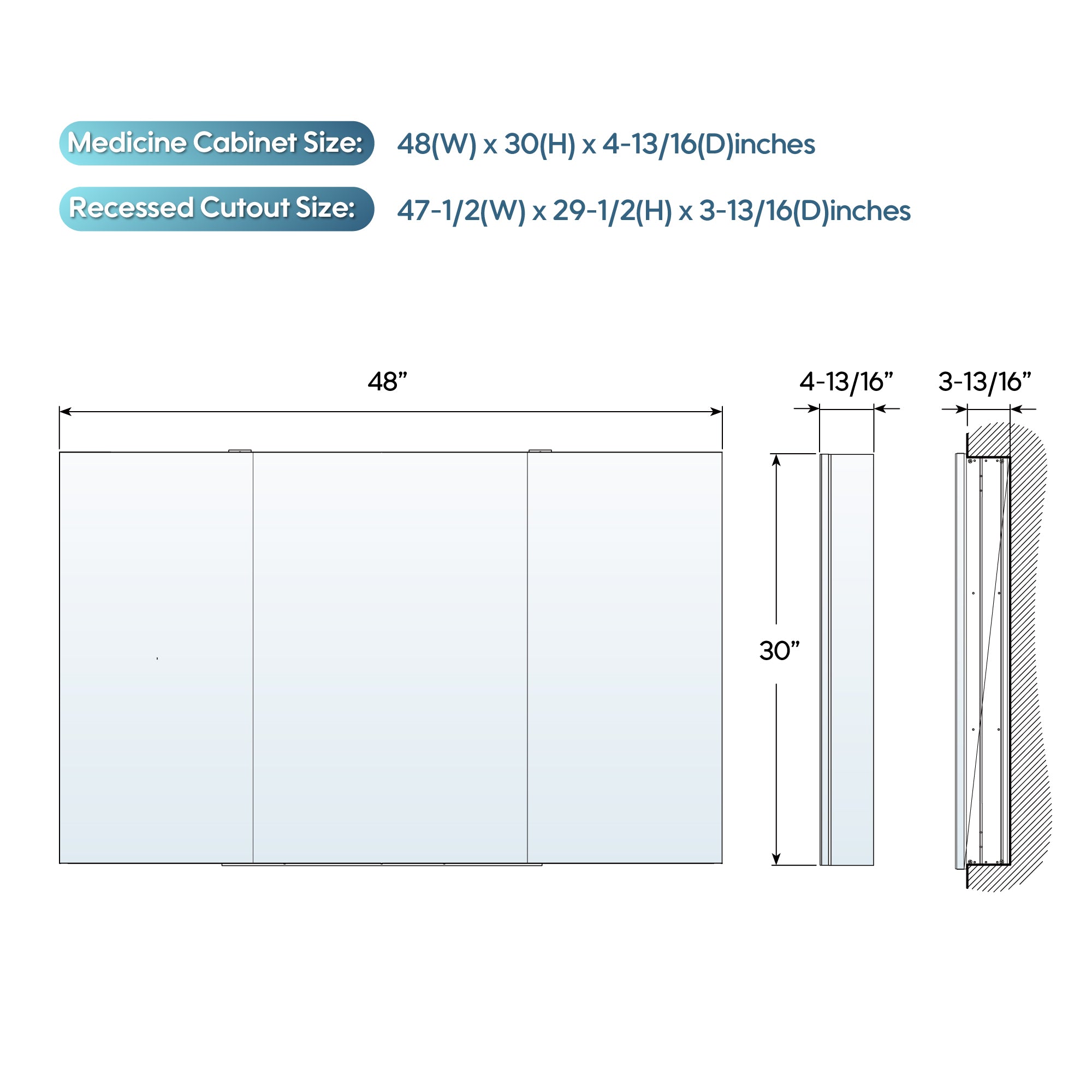

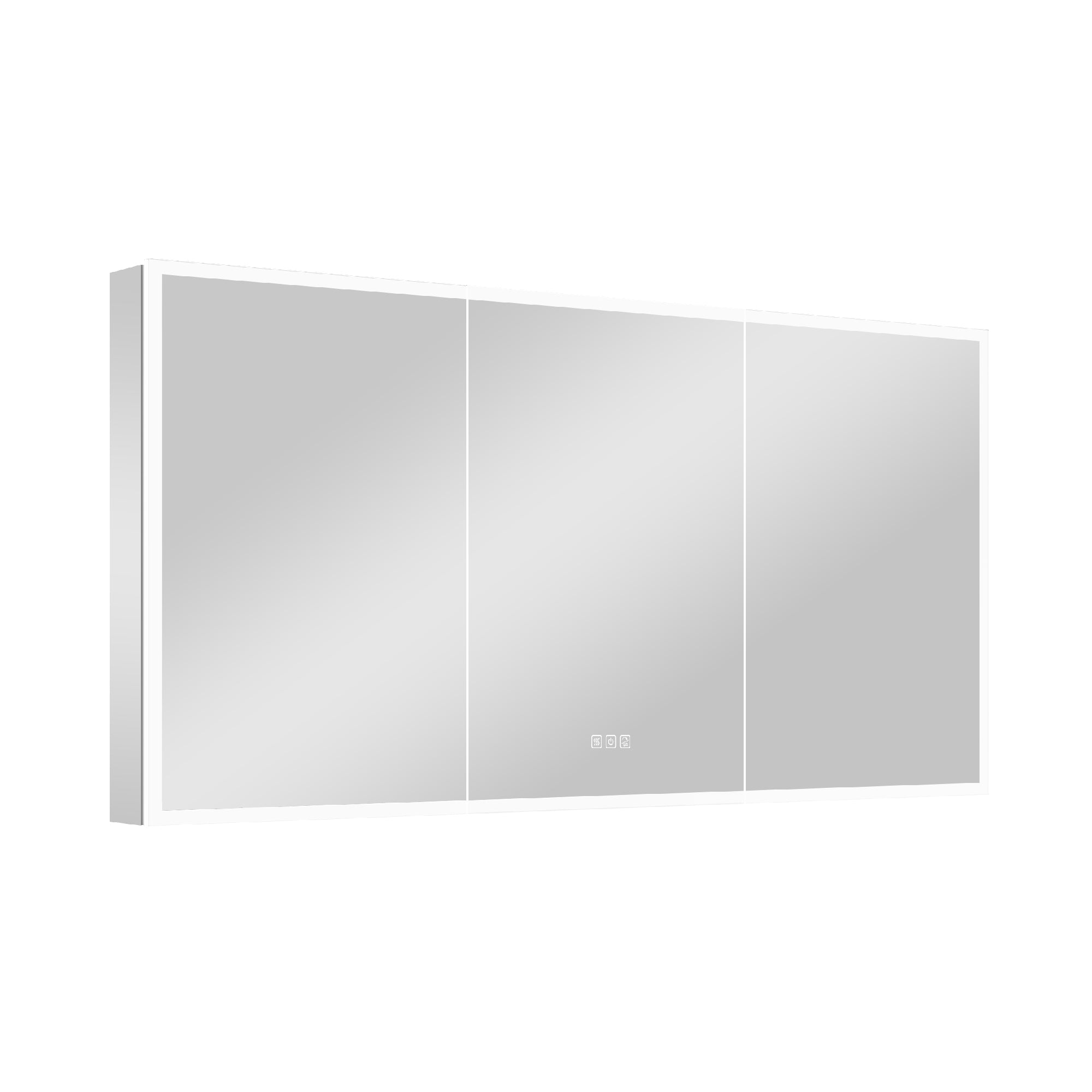
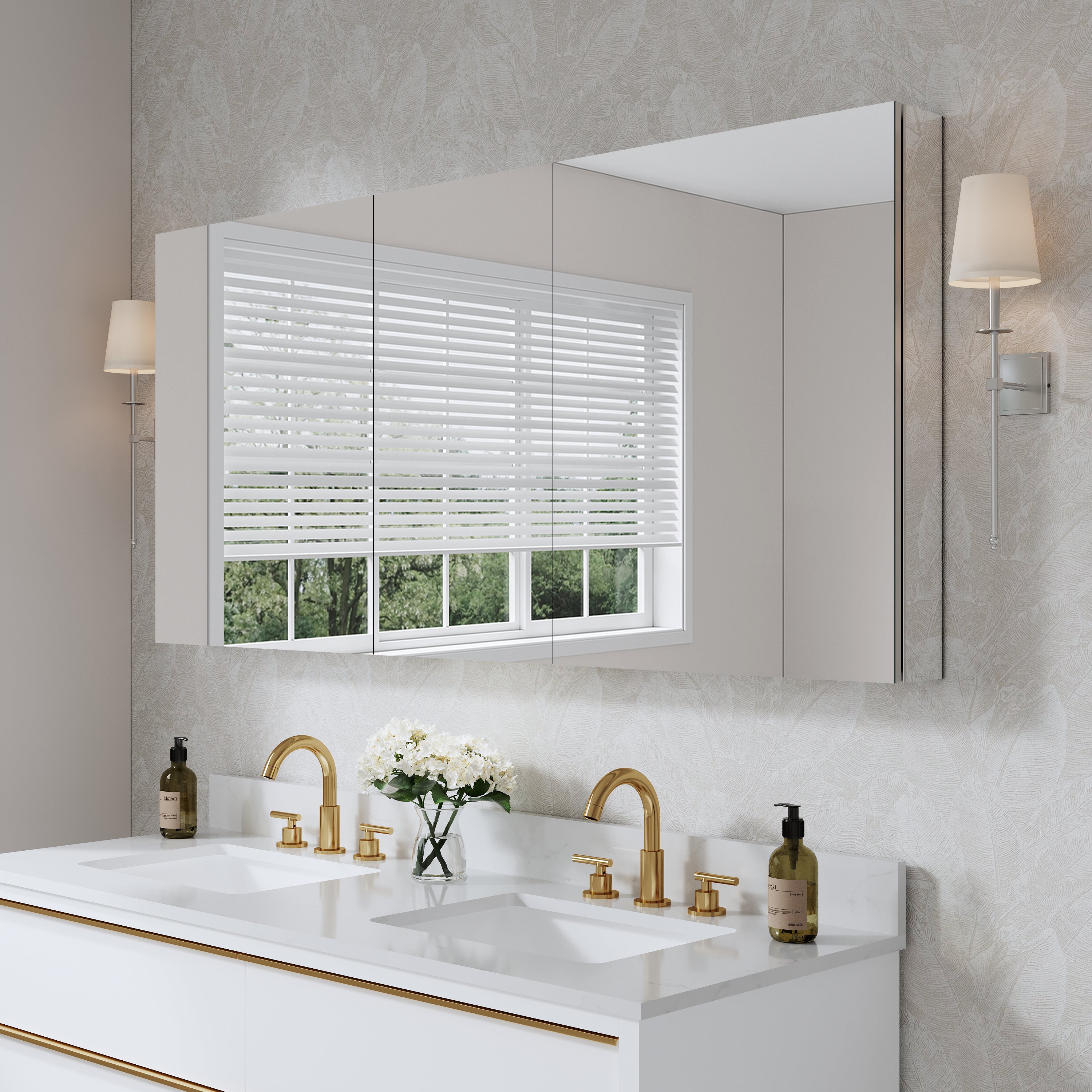




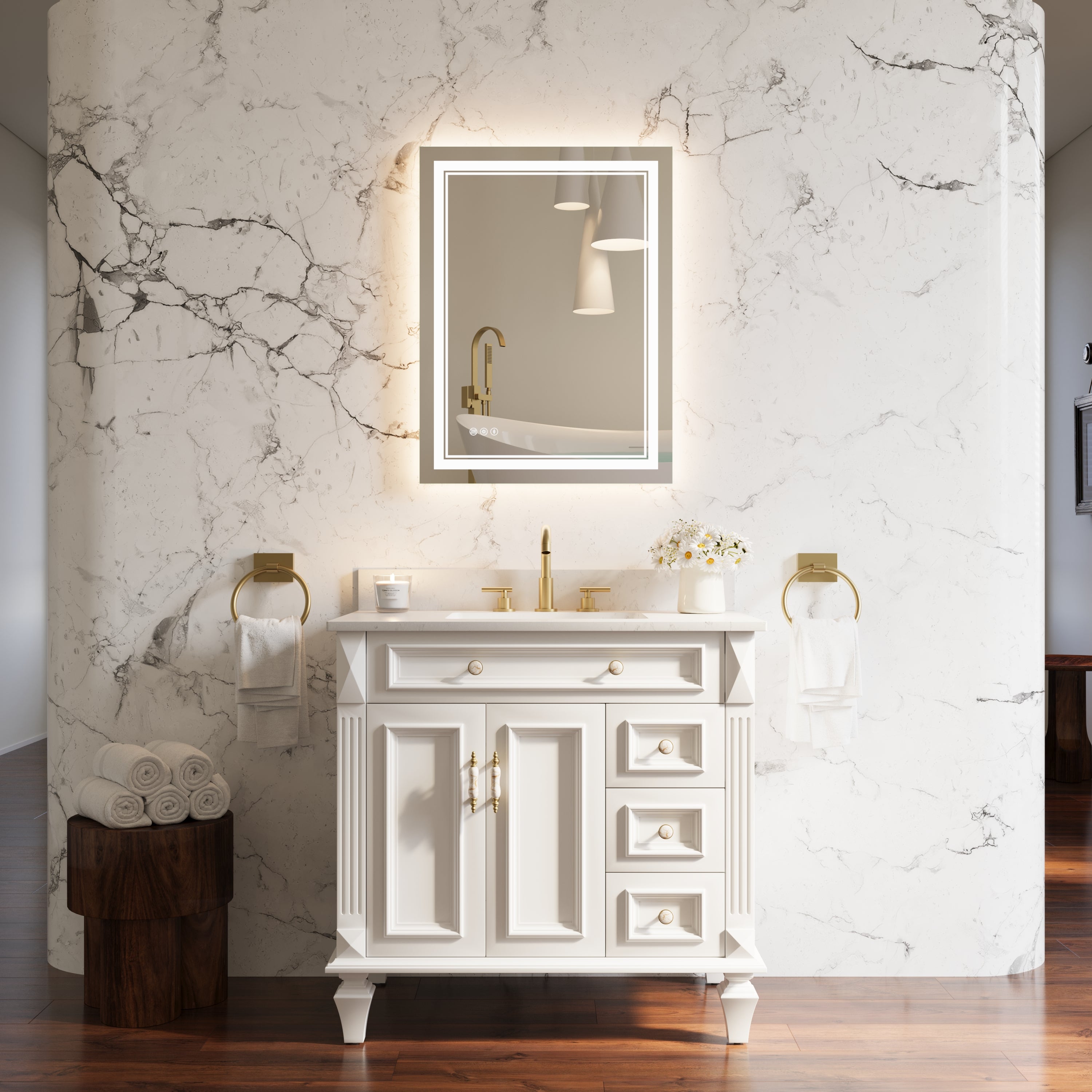
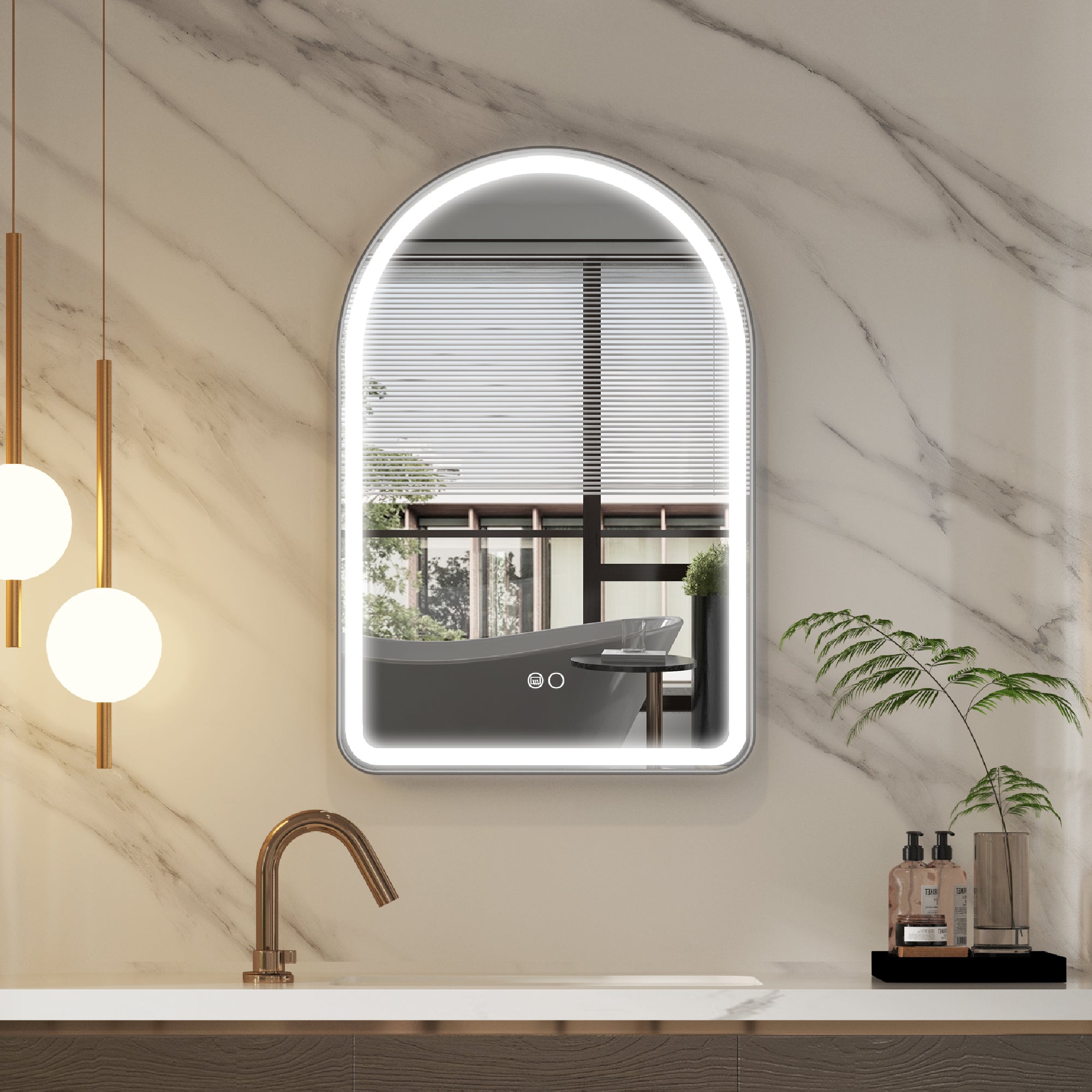
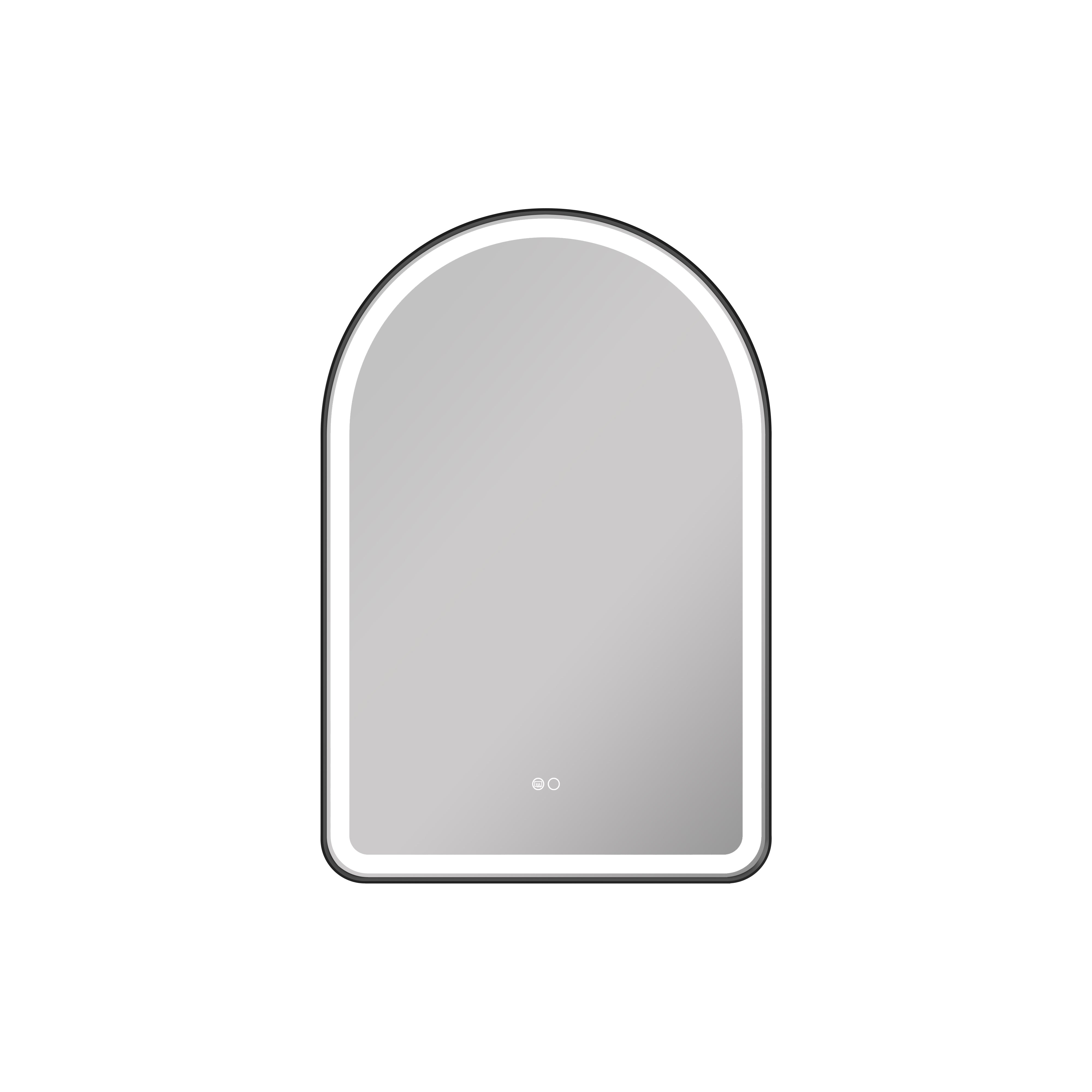

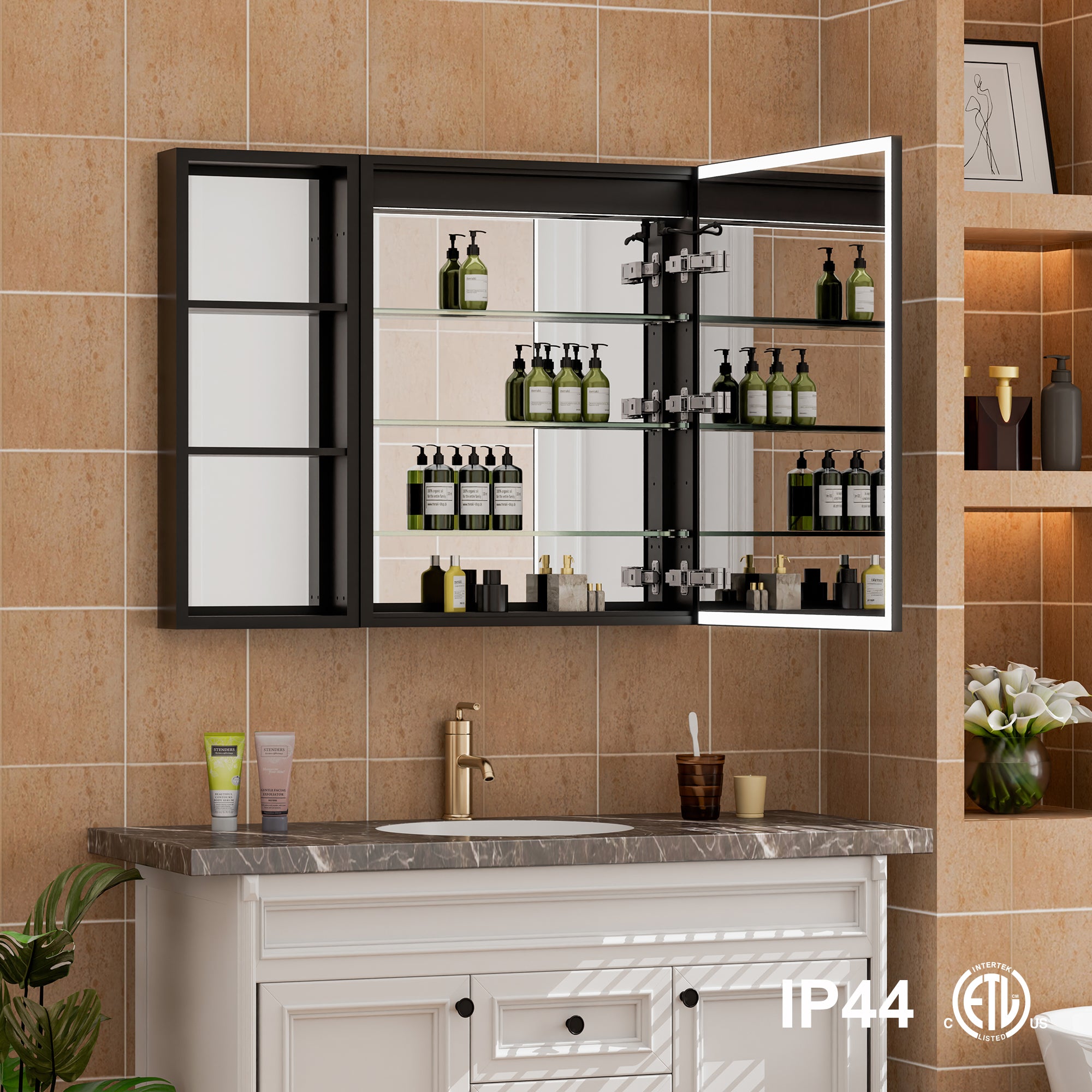
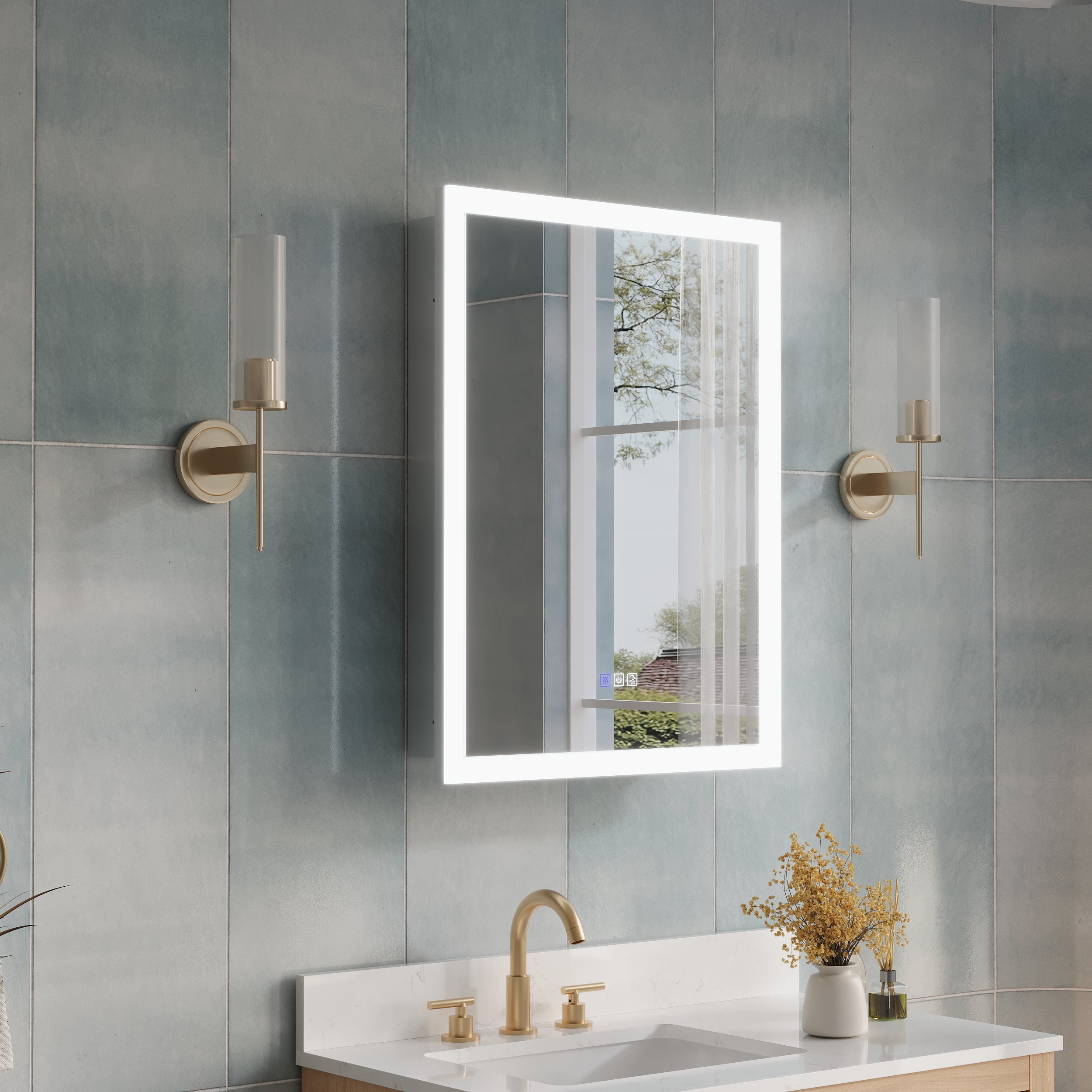
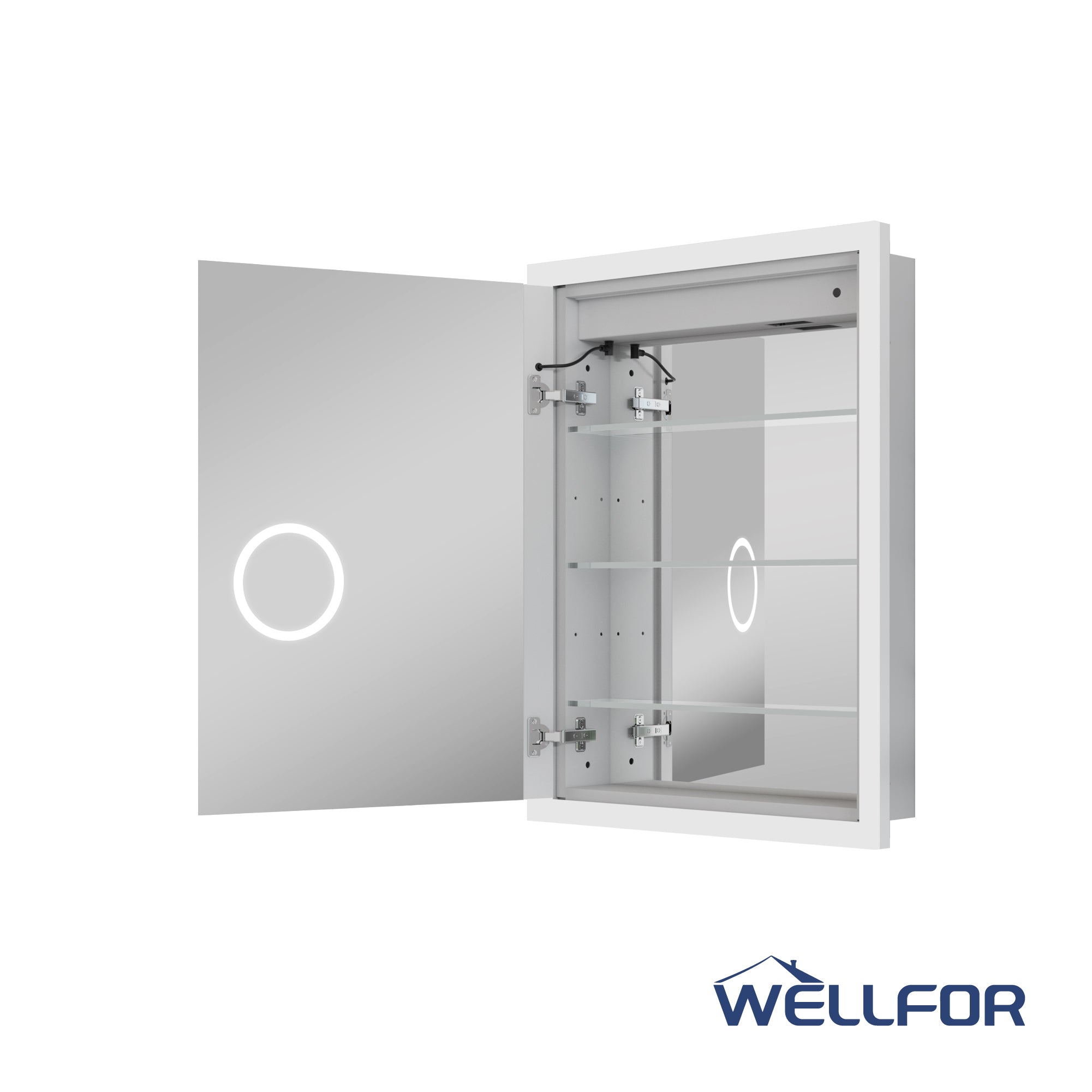
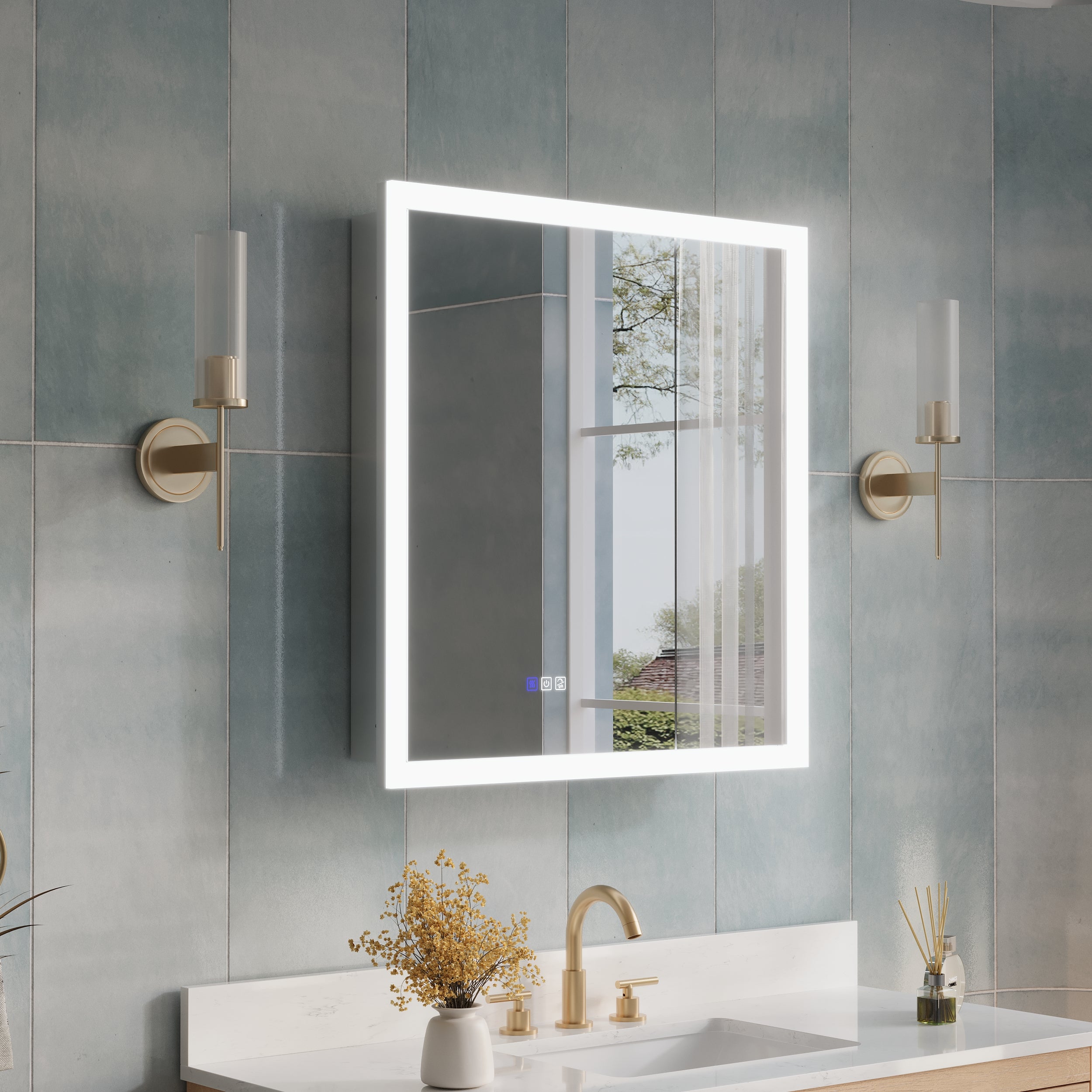
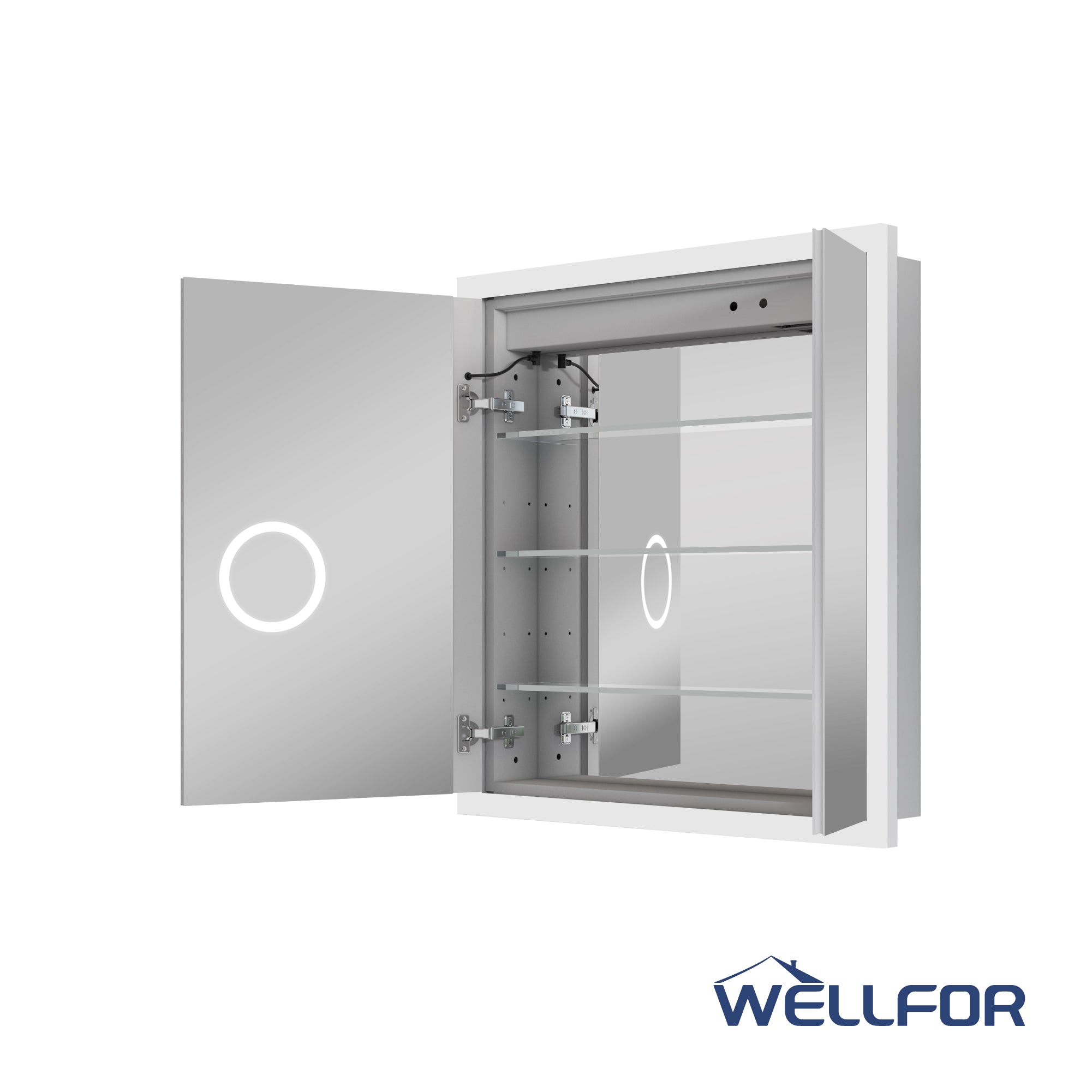
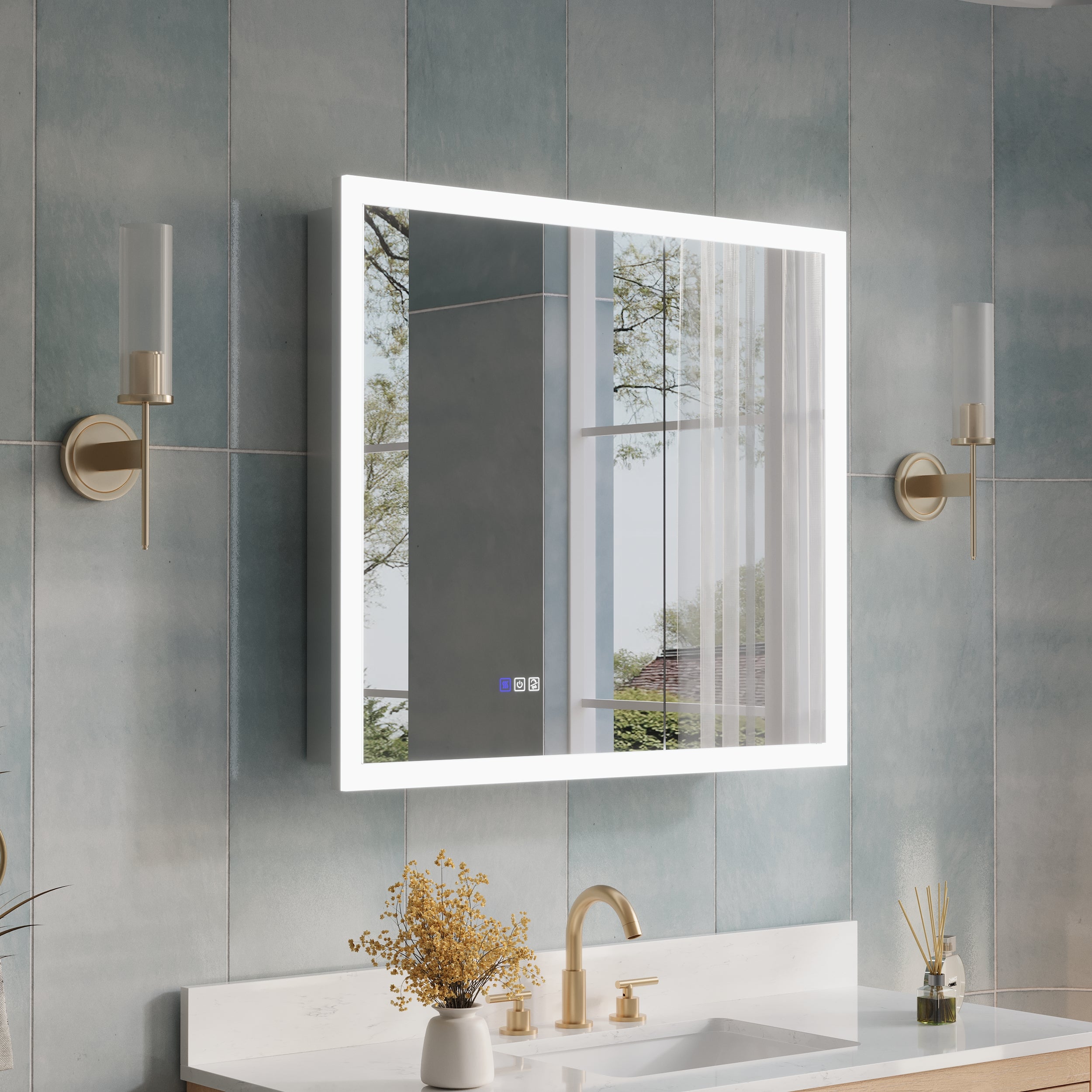

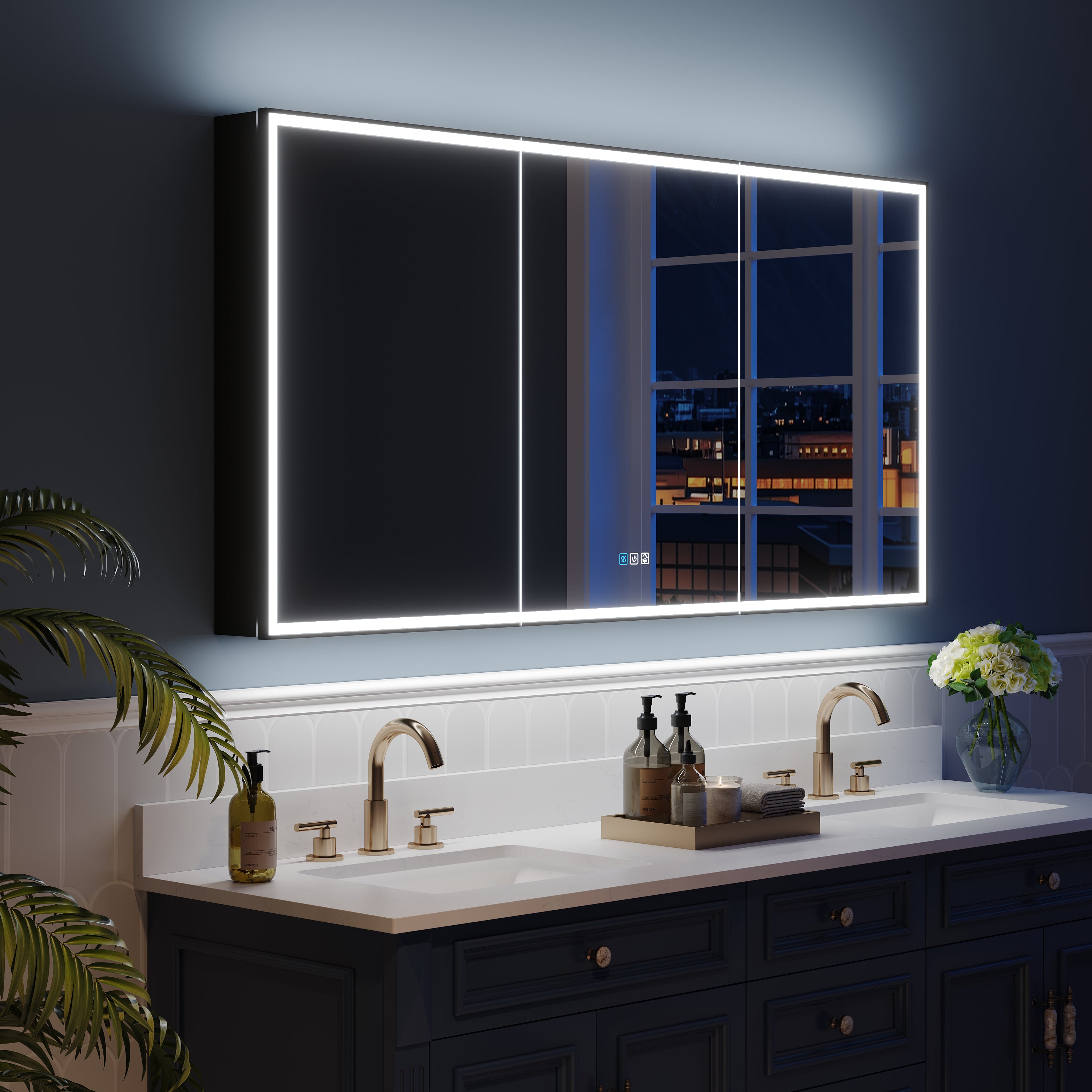
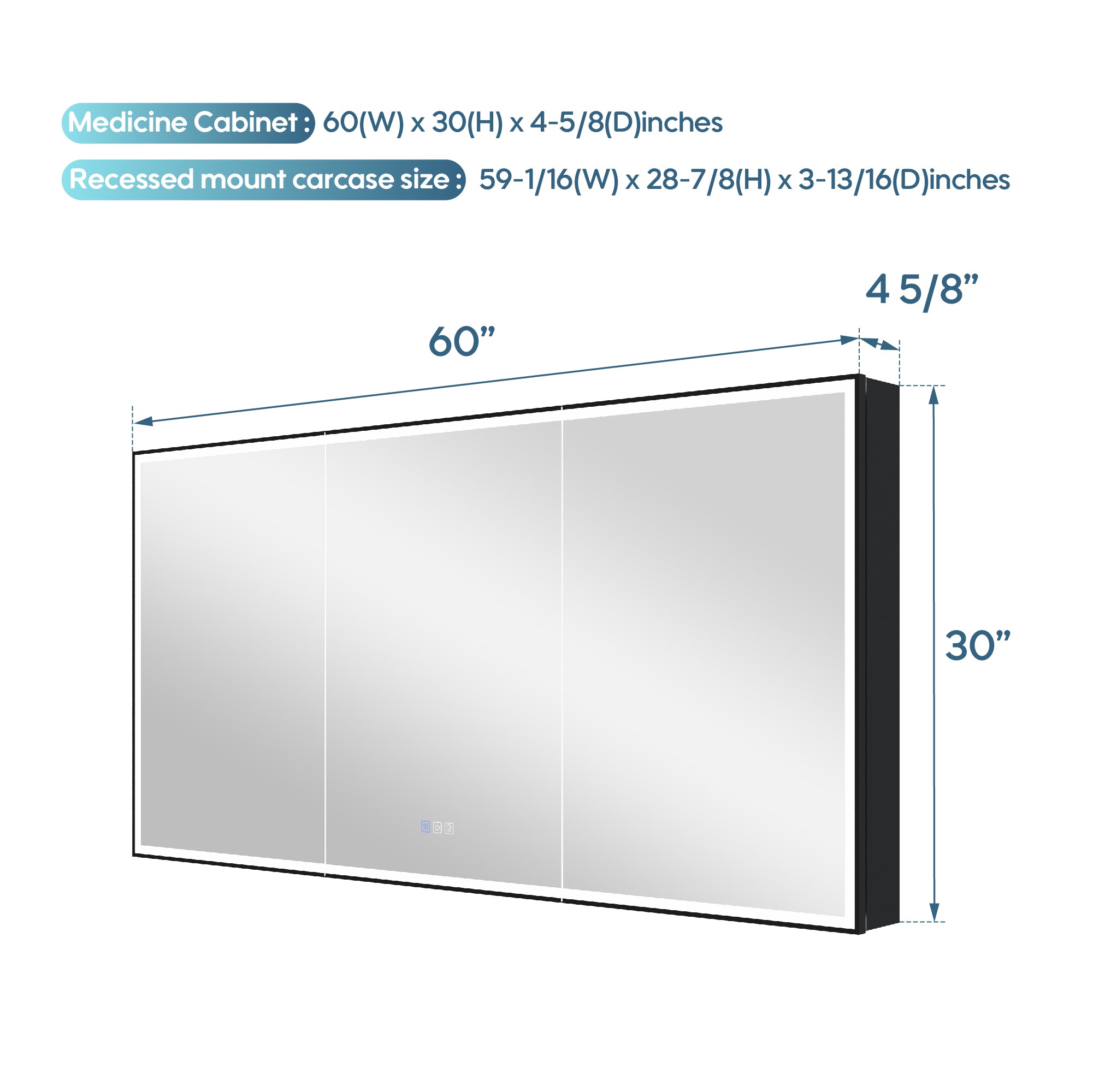
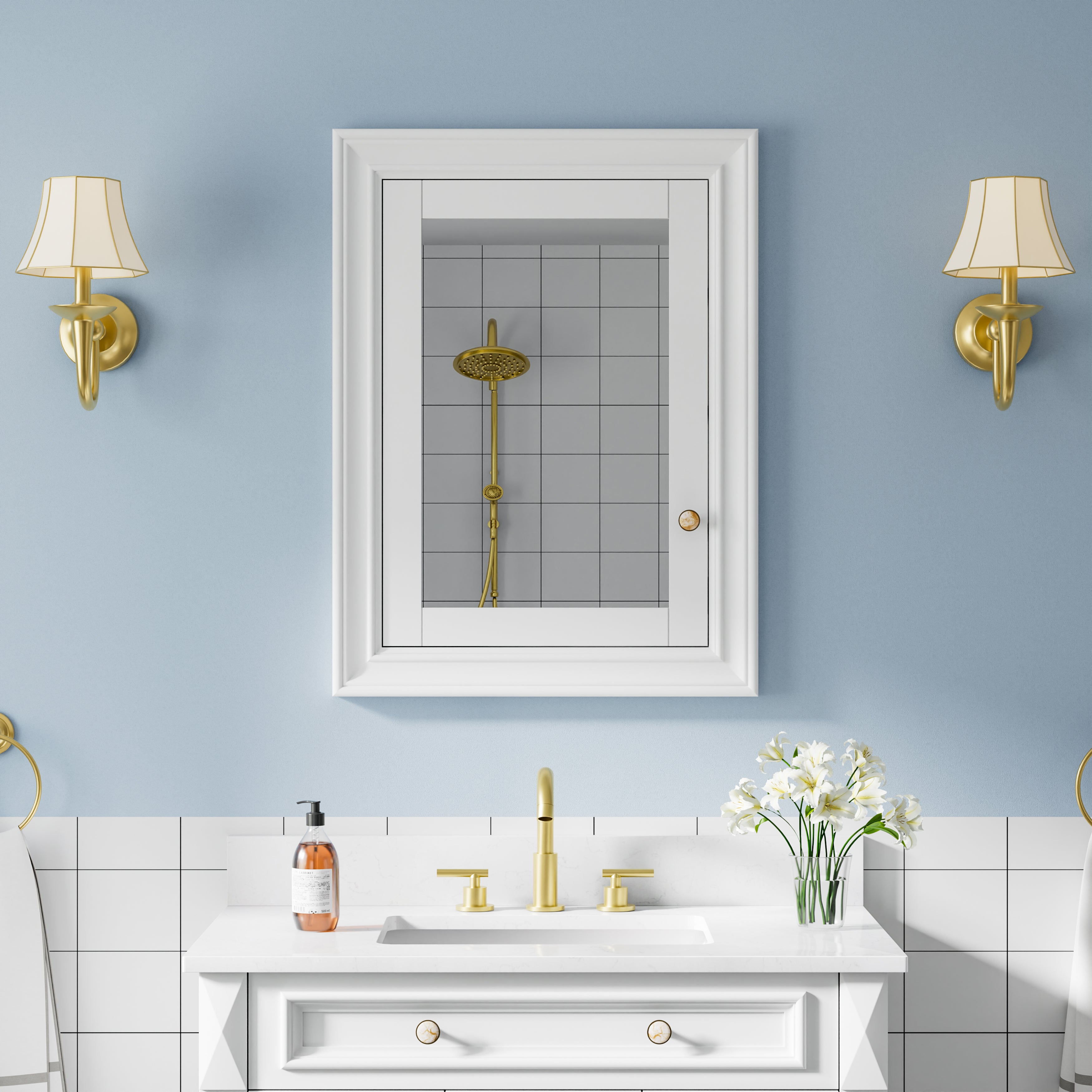


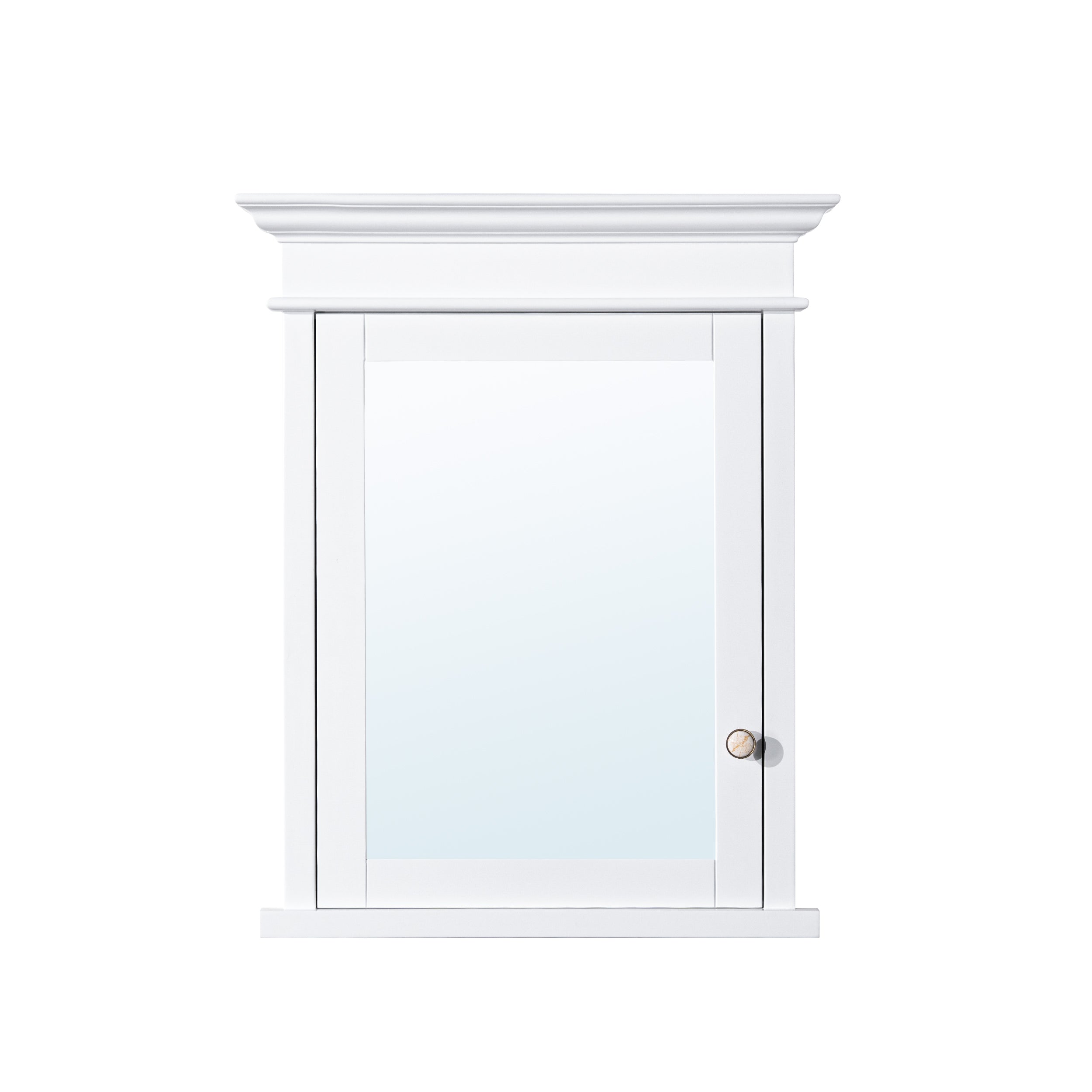

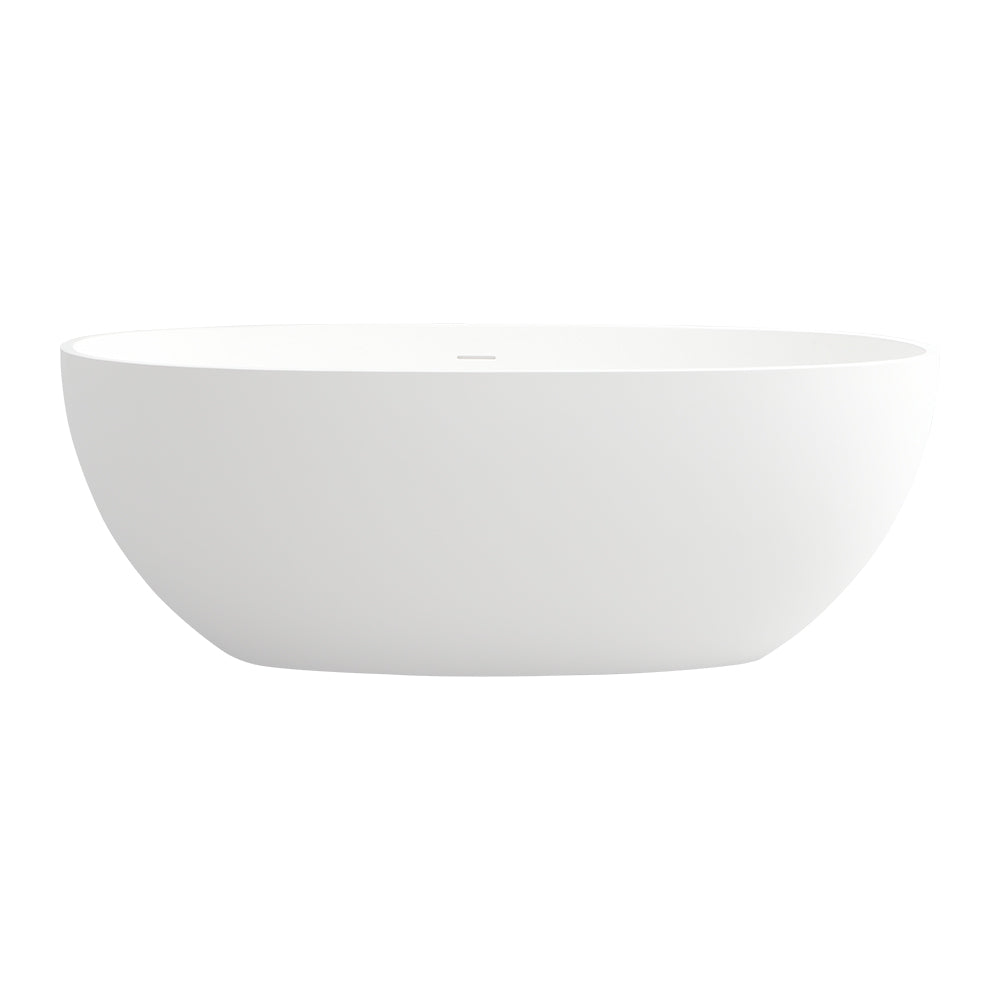


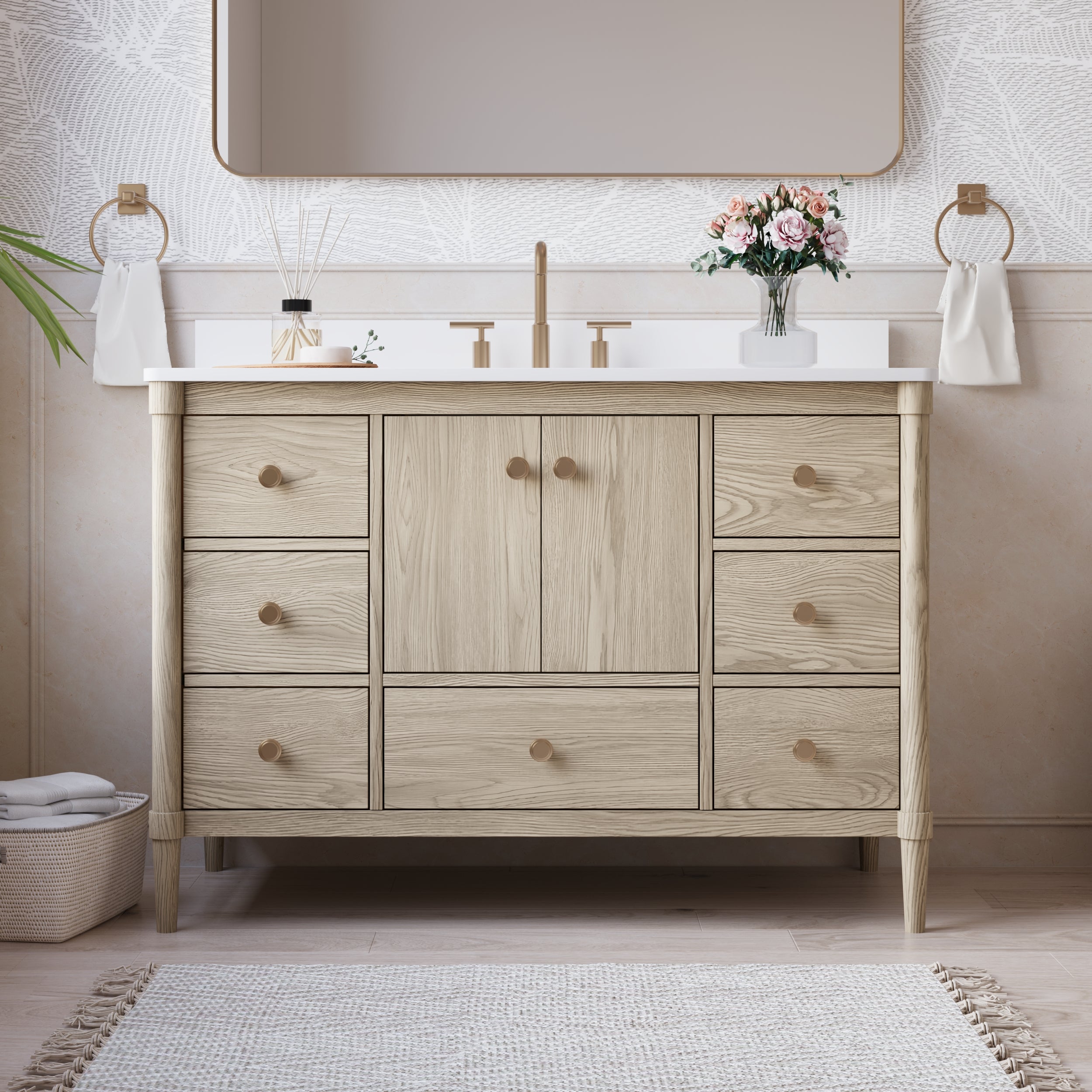
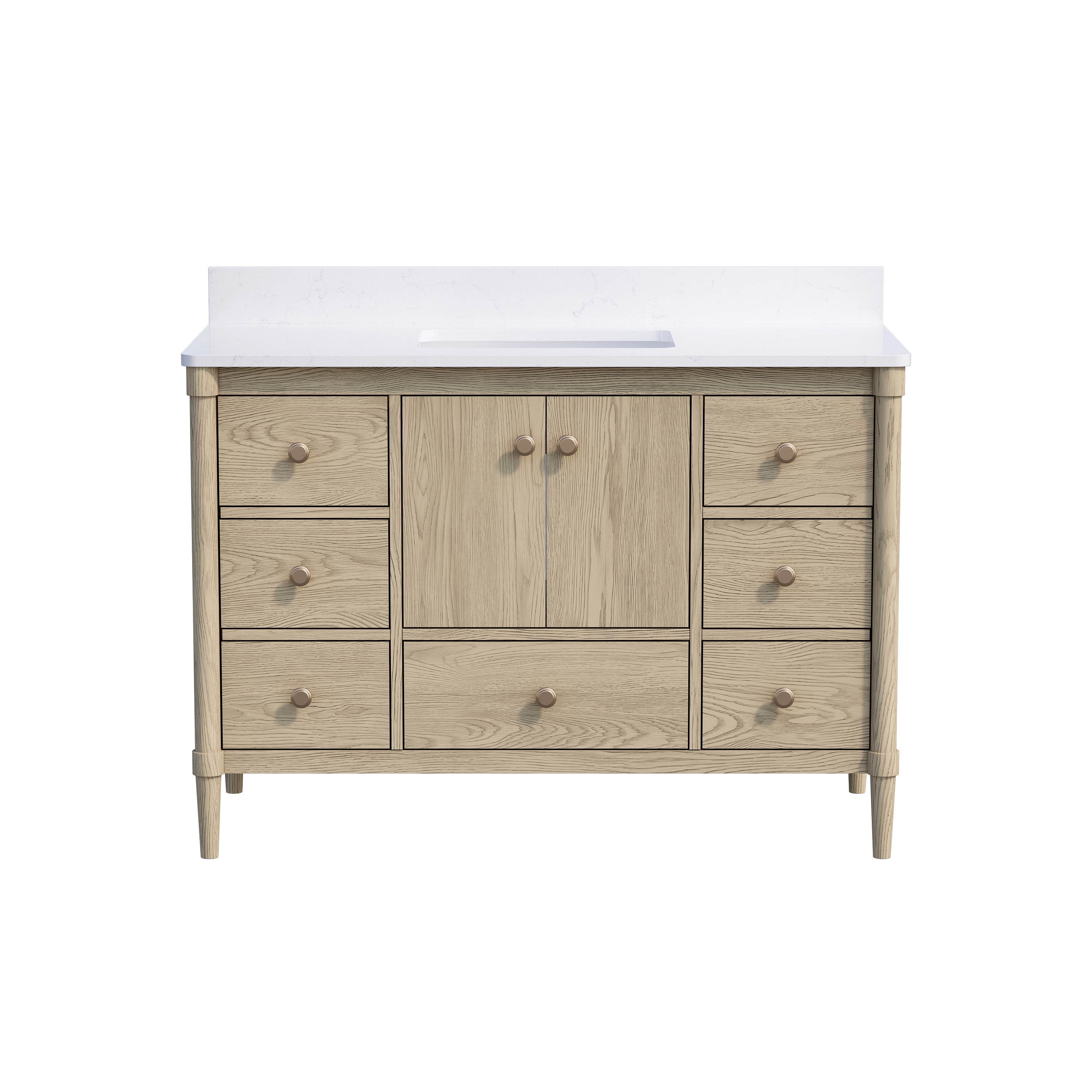
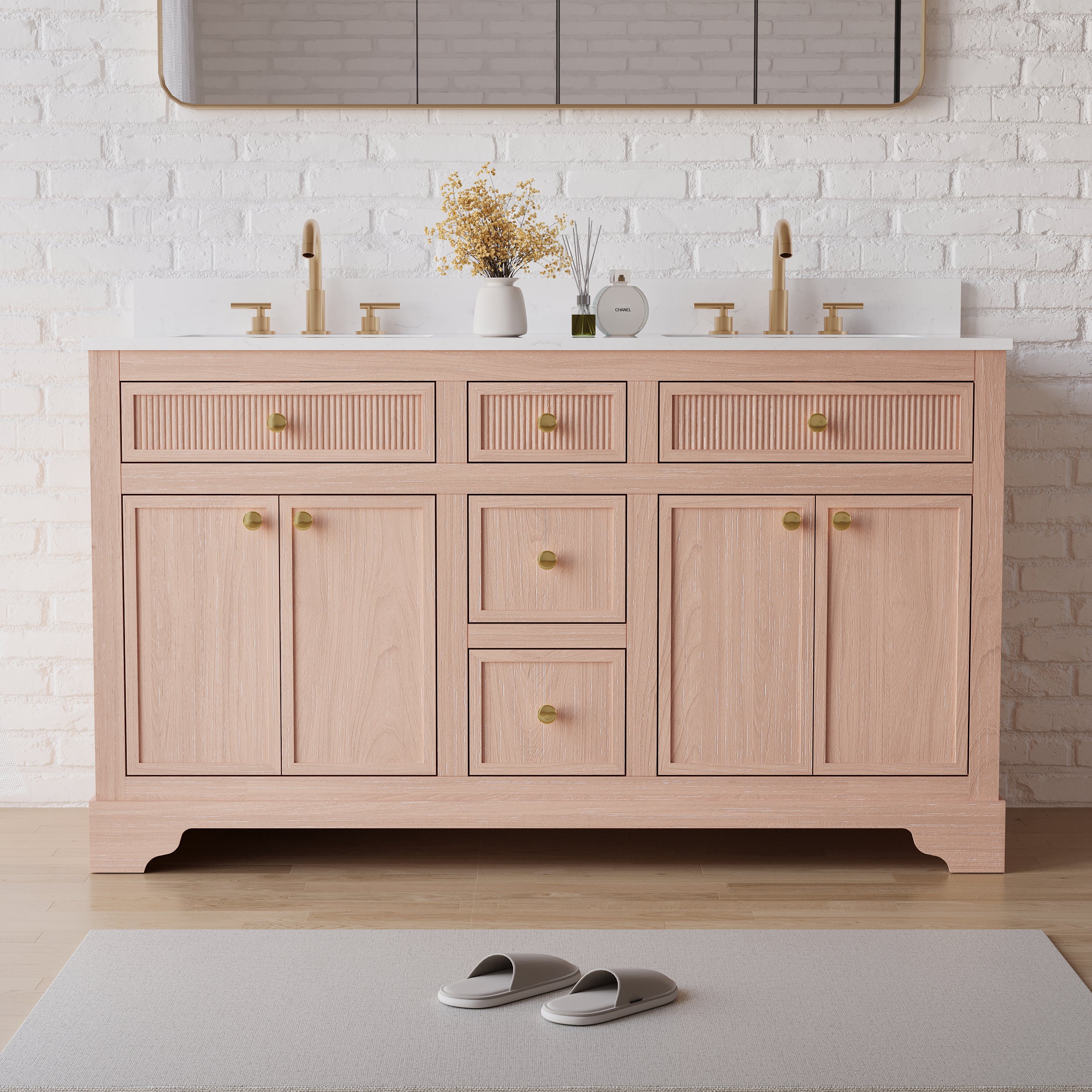



Leave a comment
This site is protected by hCaptcha and the hCaptcha Privacy Policy and Terms of Service apply.